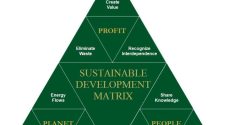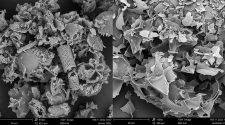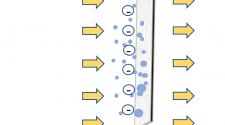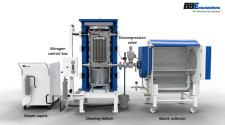The next edition of FiltXPO, North America’s technical conference and exhibition for the filtration and separation industry, will be presented March 29-31, 2022, in Miami Beach. The event will feature five panel sessions focused on how filtration can address today’s societal challenges related to the pandemic, environmental sustainability, climate change and other issues. As we lead up to this event, IFN will feature roundtable Q&As with FiltXPO panelists around the topics they will be discussing at the conference. The following is Part I in this series, with a focus on filtration standards and comments by Tom Justice, Zene LLC (Moderator); Bob Burkhead, Blue Heaven Technologies (Panelist); and Geoff Crosby, Lydall Performance Materials (Panelist). Part II in this series, “Sustainability in filtration,” can be found here.
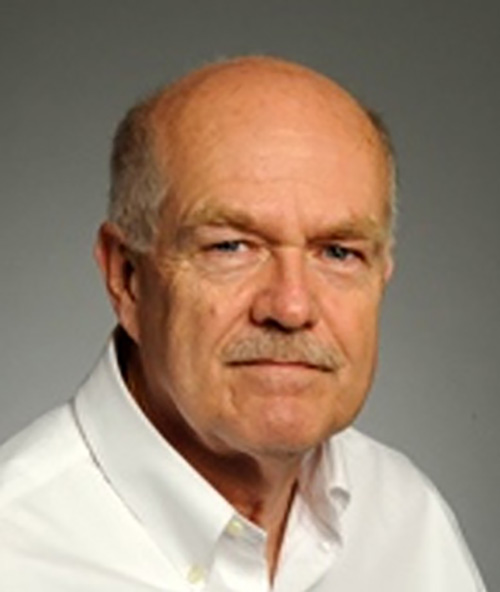
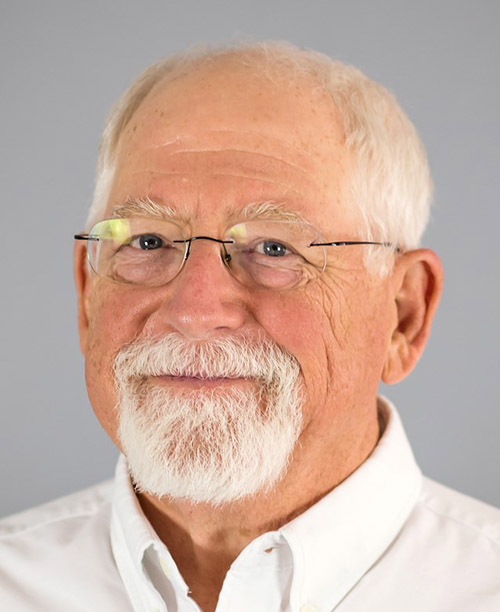

Why are standards important?
Tom Justice, Zene, Moderator: The reason we have standards – the purpose of a standard – is to provide a means to gauge the performance of different products under equal operating parameters. But the purpose is also to allow the end-user to get a glimpse at how a particular product might perform in real life.
There are a number of standards bodies around the world. ASHRAE, for example, which used to be an acronym for American Society of Heat and Refrigeration and Air-conditioning Engineers, dates back to the 1890s – I think 1894 is when it basically got its roots. ISO [International Organization for Standardization] is not quite as old. But ISO is now composed of representatives from 165 countries, last I saw.
Bob Burkhead, Blue Heaven Technologies, Panelist: Standards level the playing field, as they say. They make it uniform across the applications so that we can all make the same decision on the same product design. There is no other way to do it, other than compare products with a common test method and common rule. Standards writing organizations are critical in creating a technically defendable document.
Geoff Crosby, Lydall Performance Materials, Panelist: For me, the importance of filter standards is for the benefit of the end user. So, people who actually use our products have a way to understand that what’s in the box, is what it says on the box. This helps us in the U.S. and around the globe. Filter standards can enable our consumers to make sure they get a good quality product and can help them understand what performance they are getting.
ASHRAE vs. ISO?
Bob Burkhead: ASHRAE is specifically in the American market, so it’s focused only on filters used in the U.S. ISO is intended to cover the globe. We all live on a globe, we should act like we live on a globe, and this has been part of the problem – but part of the solution as well. ASHRAE does a great job, ISO does a great job, but just in two very different venues.
The issue for me is that there is often an isolationist approach. In the U.S., we often don’t believe that there are people who can do this better than we can, so we’re pretty arrogant about it. ISO has a much nobler goal in my mind, to provide a global standard so that the entire world can compare things accurately and fairly.
ASHRAE is pretty warm to the subject of adopting ISO standards. In fact, it has done that quite often. It doesn’t openly plagiarize, but certainly borrows from the efforts that are put in an ISO standard. The reverse is also true. There’s a key difference between ISO and ASHRAE though, and that is ASHRAE provides research funding to do this work, and that’s critical. You can’t develop a standard without spending some money. ISO doesn’t do that. They just ask committee members to donate their time and effort, and the committee provides a standard that way. The phrase “You get what you pay for” – it always comes up.
Geoff Crosby: In my position with Lydall, I play a role both in the U.S. and internationally in voting on air filtration standards. When we look at air filtration standards, the importance of ASHRAE versus ISO has been an ongoing debate for at least the past 10 years. It’s always an energetic discussion about things we’ve learned over the past 30 years and how we apply them to filtration standards.
The other part that comes into play is how the U.S. chooses to operate versus how international communities operate. There’s always a discussion of whose ideas are best, wherever they come from, and how we can apply them either to the U.S. or internationally.
There are a lot of great minds on both sides of this debate, a lot of good topics to debate and talk through. For me, the one interesting thing about the ISO standard versus the ASHRAE standard is how the ISO standard has been changing based on recent testing and things we have learned – and this is not to say that the ASHRAE standard is not impacted by that – but how we learn from each other and influence our standards is an important point of discussion.
I think the standards can help everyday people in selecting filters. And again, you’ve got a test method. But then, how do you report your results? How do you classify the filter? That can make a big difference for our end users. You can make it easy to understand, or you can make it difficult.
Tom Justice: The U.S. TAG to ISO/TC 142 is the elected body focused on air filtration here in the U.S. This group, which is part of the international organization, oversees 13 specialized Working Groups (WG) each with an elected Advisory Panel that collaborates with equivalent committees from other member countries. ASHRAE, through its standards committee SSPC 52.2, still accepts the ASHRAE method of testing for the U.S. However, all of the countries in Europe, as well as many other parts of the world, are using the ISO 16890 standard.
Obviously, harmonization of standards helps if you are doing business globally. In a worse case scenario, you can imagine not only the challenges but also the time and expense associated with trying to establish trade networks where test requirements might vary by country for the same product. When you have to learn varying product performance requirements for different regions of the world, then trade becomes much more difficult, if not sometimes impossible.
What’s the best way forward?
Geoff Crosby: If I had to pick a standard, I would pick ISO 16890. The first reason I’d do that – it’s a bit self-indulgent for me – is because as a global manufacturer of materials, I’d like to make stuff to one standard. So, I would like to make the same roll of material for ISO 16890, and we sell it in the U.S and we sell it in Japan and we sell it in France, and then we’re done. Right now, we have to design and produce different products that test to ASHRAE ratings – MERV 13 or 15 or 16, or to ISO 16890 ratings such as ePM2.5 50 percent.
The other thing I like about 16890 is I believe it’s easy to understand. It puts a percentage removal for a particle size that I can easily explain. For example, if you live in Pittsburgh, you can know that PM2.5 in Pittsburgh is a certain value any day of the week because you can see the Air Quality Index on your phone. And I can tell you that an ISO 16890 ePM2.5 70 percent filter will take 70 percent of those particles out of the air. It’s a pretty simple explanation. Now, what does a MERV 13 filter do? That’s a little harder to explain. So, I like 16890, number one, because I’m selfish and I want to make one product globally. But two, I think it can help consumers better understand what filters can remove from the air.
Further, tying filter performance more explicitly to PM1 and PM2.5 also allows us to talk more easily about health outcomes, which is incredibly important. Let me explain. There have been multiple studies that have shown the dangers to human beings of PM1, which are particles one micron and below. PM2.5 also gets a lot of press, which are particles 2.5 microns and below. Those can cause a lot of heart conditions, a lot of lung conditions. There has been a lot of really good science in the past 10 to 15 years showing the benefits of improved air quality – better health outcomes, faster learning for kids in school, better cognitive results for people who are at work. Being able to tie information from multiple committees, ASHRAE and others, on air change rates, and indoor air quality with a filter standard that talks the same language brings greater understanding to the globe.
When you have to learn varying product performance requirements for different regions of the world, then trade becomes much more difficult, if not sometimes impossible.
Tom Justice: Well, for me, I think the biggest challenge is to develop a more suitable test to replicate performance in real life situations. So basically, we need laboratory results to come much, much closer to real life performance for filters.
People who know filtration and perform in-situ testing, see standards as not necessarily representative of a filter’s actual performance. In other words, it performs this way in a laboratory, but not necessarily in real life. Further complicating performance comparisons, we see retailers who have come up with their either their own method of testing or their own classification of filters or both. Typically however what you are seeing is a modified version of the ASHRAE test standard.
That said, a standard is a method of testing; it is not necessarily a certification of products. Eventually though, I think we have to harmonize, and basically everybody has to get on board with a single standard.
Bob Burkhead: Well, if I were asked this question by a good friend, and we were sitting down having a beer, I’d lean over close and say, “Look at me, you have a moral obligation to provide products that work. And if you don’t understand how test methods and test protocols impact that, you need to. You need to understand more about how they interact, and how they can help you achieve your objective. It’s not just how big of a bank account you can make, it’s whether you’re doing the right thing. Have another sip of your beer, but remember, you have a moral obligation.”
In my 25 years and working for a big company, I saw it over and over again, maintenance men in a hospital that would open up an air handler without knowing where that air was going. It might be in a surgery suite, and they were willing to open it up and walk in. That compromises someone’s health.
The term nosocomial gets bandied about – it’s a hospital acquired disease. So if your grandfather goes in for a hip replacement surgery and he gets pneumonia while he’s in the hospital and passes away, his death certificate will say nosocomial pneumonia, meaning he died in the hospital because of something he got in the hospital. Very often, that’s because the wrong filter got used in the wrong way in a medical environment.
FiltXPO 2022 will present three days of provocative debates, with five panels of global industry experts who will share pivotal ideas aimed at uprooting traditional industry perceptions. For more information, visit filtxpo.com.
International Filtration News is owned by INDA, Association of the Nonwoven Fabrics Industry (inda.org), organizer of the FiltXPO exhibition and technical conference.





